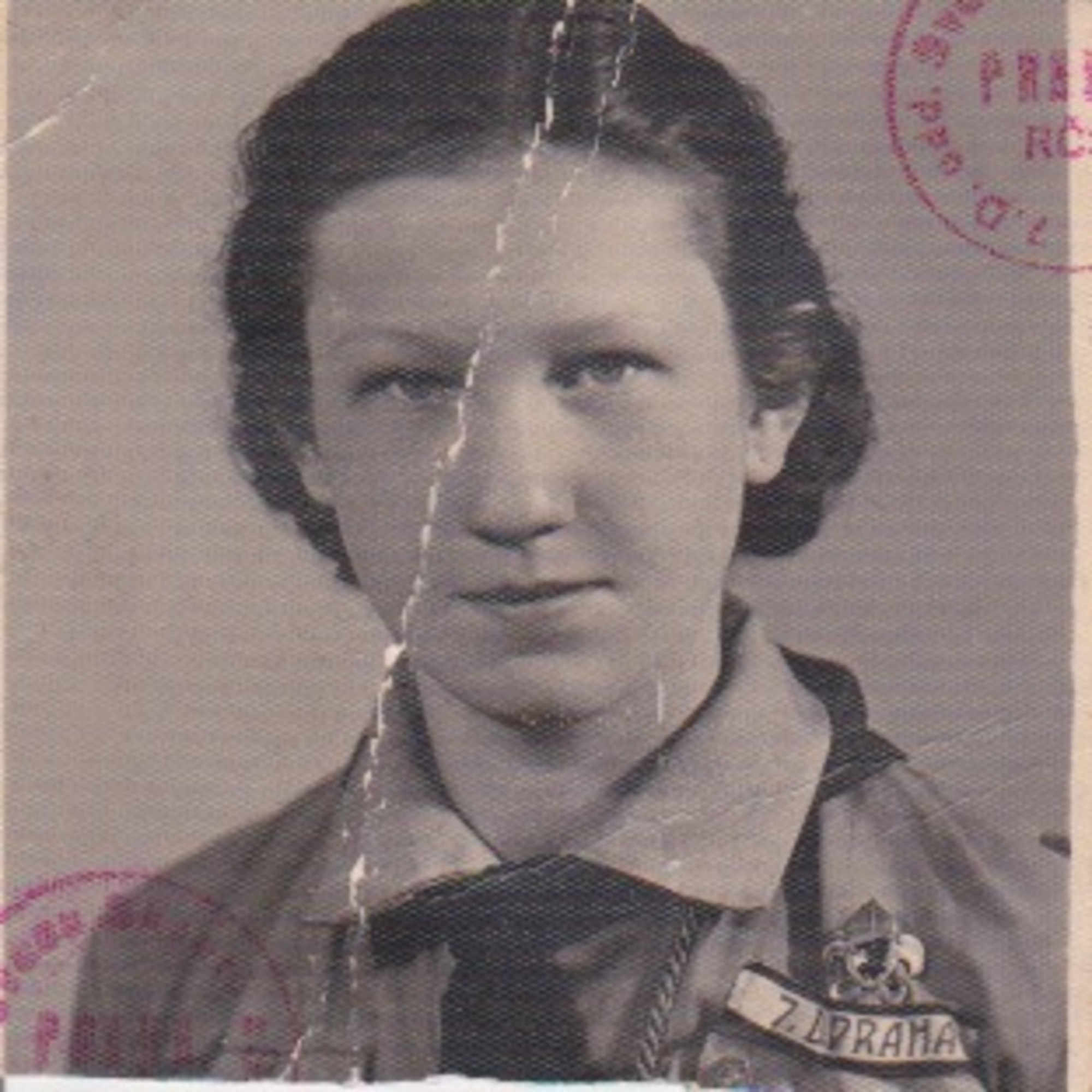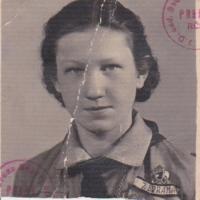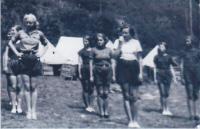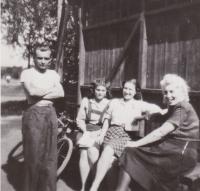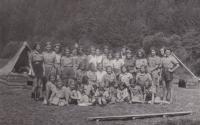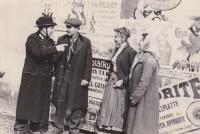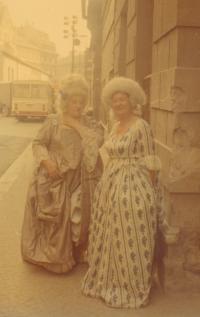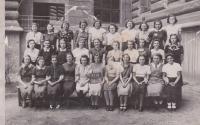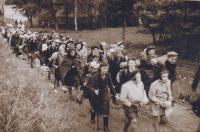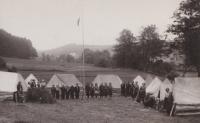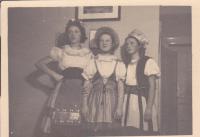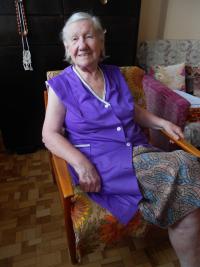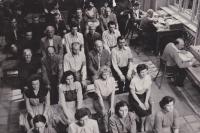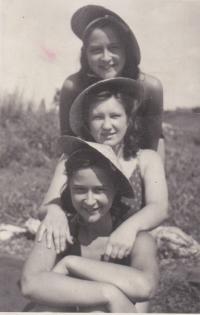We watched from the window when they forced them to leave their homes
Růžena Homolková, née Šicová, was born in 1924 in Prague. She joined the Scouts in 1938 and she participated in three Scout camps before the war broke out. Her troop was involved in the resistance movement during the war. She lost many of her Jewish friends during that time, and she was sent to do forced labour in Semily. She learnt the milliner’s trade, but throughout her life she has worked in many various professions: in the film industry, in healthcare, in an art gallery and others. In 1988 she completed studies of biology at the university of the third age. She is divorced and she has one daughter, two grandchildren and two great-granddaughters.
